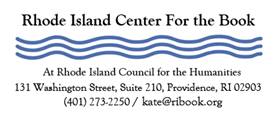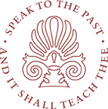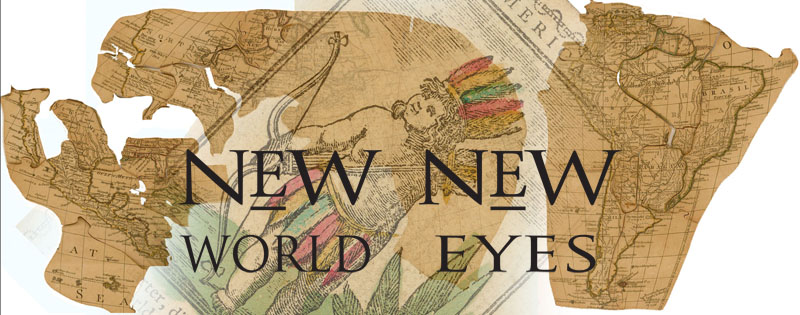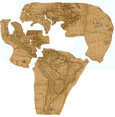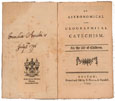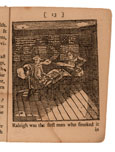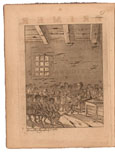| |
The John Carter Brown Library’s collection documents European contact with the Americas from the point of encounter to the period of independence. The exploration, exploitation, and incorporation of territories, resources and peoples are decidedly grown-up pursuits, generating many stories not fit for young eyes. But new ideas about childhood and education put forth by Enlightenment philosophers inspired writers and publishers of children’s materials in the 18th century to make the newly acquired knowledge of the “new world” accessible to children.
|
|
| |
|
|
|
Robert Sayer. A general map of America divided into North and South and West Indies, with the newest discoveries. London, 1772. Puzzle.
This puzzle is an example of an educational toy provided to children at the end of the 18th century. The irregular outline and pieces make assembly quite challenging, and many of the notes indicate the state of geographical knowledge about the American continents in the 1770s, such as the “great space unknown” in central Canada, and the observation that “most of the inland parts of Brasil are unknown.” |
|
|
Caleb Bingham. An astronomical and geographical catechism. For the use of children. Boston, 1795.
Caleb Bingham was a schoolmaster at Moor’s Indian Charity School (which evolved into Dartmouth College) and at a private girls’ school in Boston. He wrote a number of textbooks, including this small geographical “catechism.” The text is arranged as a series of questions and answers, designed to be recited and memorized by rote.
The book provides interesting insight into what was deemed important astronomical and geographical knowledge for young Americans in the 1790s—a time when there were 7 planets (one of which was named “Herschel”), 15 United States, and the nation’s western boundary was defined by the Mississippi River.
This copy bears the signature of Cornelia Arnold—possibly the daughter of Welcome Arnold, a prominent New England merchant whose business records are also held by the Library. Cornelia would have been about 11 years old in 1796. |
|
|
William Darton. Little truths better than great fables: containing information on divers subjects, for the instruction of children. Illustrated with cuts. Boston, 1794.
Like many other children’s books of the time, Darton’s Little Truths takes the form of questions asked by children with answers by an instructor. The topics are truly “divers”—ranging from pelicans and windmills to why there are different races of people. In the somewhat stream of consciousness flow of questions, the text also addresses Columbus’ voyages to the New World, the settlement of the continent by Europeans, and the evils of the slave trade.
This woodcut illustrates a discussion of tobacco, which recounts a story of Sir Walter Raleigh being doused by water by his servant, who “alarmed at the appearance of smoke coming out of his master’s mouth, hastily threw all the water in the jug over him, naturally supposing he was on fire.” |
|
|
Joachim Campe. Columbus; or, The discovery of America: as related by a father to his children, and designed for the instruction of youth. In two volumes. Translated from the German of J. H. Campe (author of the New Robinson Crusoe) by Elizabeth Helme. London, 1799.
One of the most influential educational philosophers in the German Enlightenment, Joachim H. Campe wrote a number of books for children, including a very popular and much translated adaptation of Defoe’s Robinson Crusoe. Inspired by Rousseau, Campe’s writing for children sought to combine knowledge of the world with moral instruction and commitment to family and the home. This compendium of American voyages—Columbus, Cortez, and Pizarro—weaves lessons on geography, nature, and society within a travelogue lauding the “adventure of discovery.”
First published in German in 1780, Campe’s Entdeckung von Amerika was widely translated and read. In addition to this English edition, the Library holds versions in Dutch, French, German and Hebrew. |
|
|
Daniel Claus. A primer for the use of the Mohawk children, to acquire the spelling and reading of their own, as well as to get acquainted with the English, tongue, which for that purpose is put on the opposite page. Waerighwaghsawe iksaongoenwa. Tsiwaondad-derighhonny kaghyadoghsera; nayondeweyestaghk ayeweanaghnodon ayeghyàdow kaniyenkehàga kaweanondaghkouh; dyorheaf-hàga oni tsinihadiweanotea. London, 1786.
Evangelization projects aimed at native peoples abounded in the early North American colonies. The first British mission to the Mohawk was undertaken by the Society for Propagating the Gospel in Foreign Parts in 1704, led by Thoroughgood Moor. The original copy of this primer was printed in Montreal in 1781.
This copy was printed in London, and includes an engraved frontispiece of Mohawk children in a classroom. |
|
|
A geographical description of the world embellished with dresses of the various nations. [London? : printed by J. Wallis?, 1789?]. Set of 50 hand-colored cards.
The Library holds two sets of these numbered cards that present descriptions of the people found in various regions of the world. In the 18th century, many educational playing card sets were issued in companion boxes with accompanying rules on suggested games to play. This set seems to be purely educational and may have been printed for a juvenile audience.
Interestingly, the text that accompanies the cards depicting peoples of North America often includes commentary on the lamentable loss of life caused by wars of conquest and even the American Revolution.
44. EAST and WEST Florida
. . .We, however, cannot avoid thinking that it was an instance that the valuable blessings of peace, like other desirable possessions, may be too dearly purchased.
|
|
| |
|
|
| |
This exhibit is part of the “Art of the Book” program sponsored by the Rhode Island Center for the Book.
For other exhibitions and events in this series occurring throughout the state, visit the Rhode Island Center for the Book web site: http://ribook.org/art-of-the-book/ . |
|
| |
|
|


